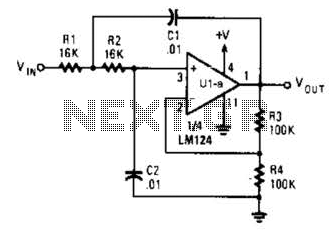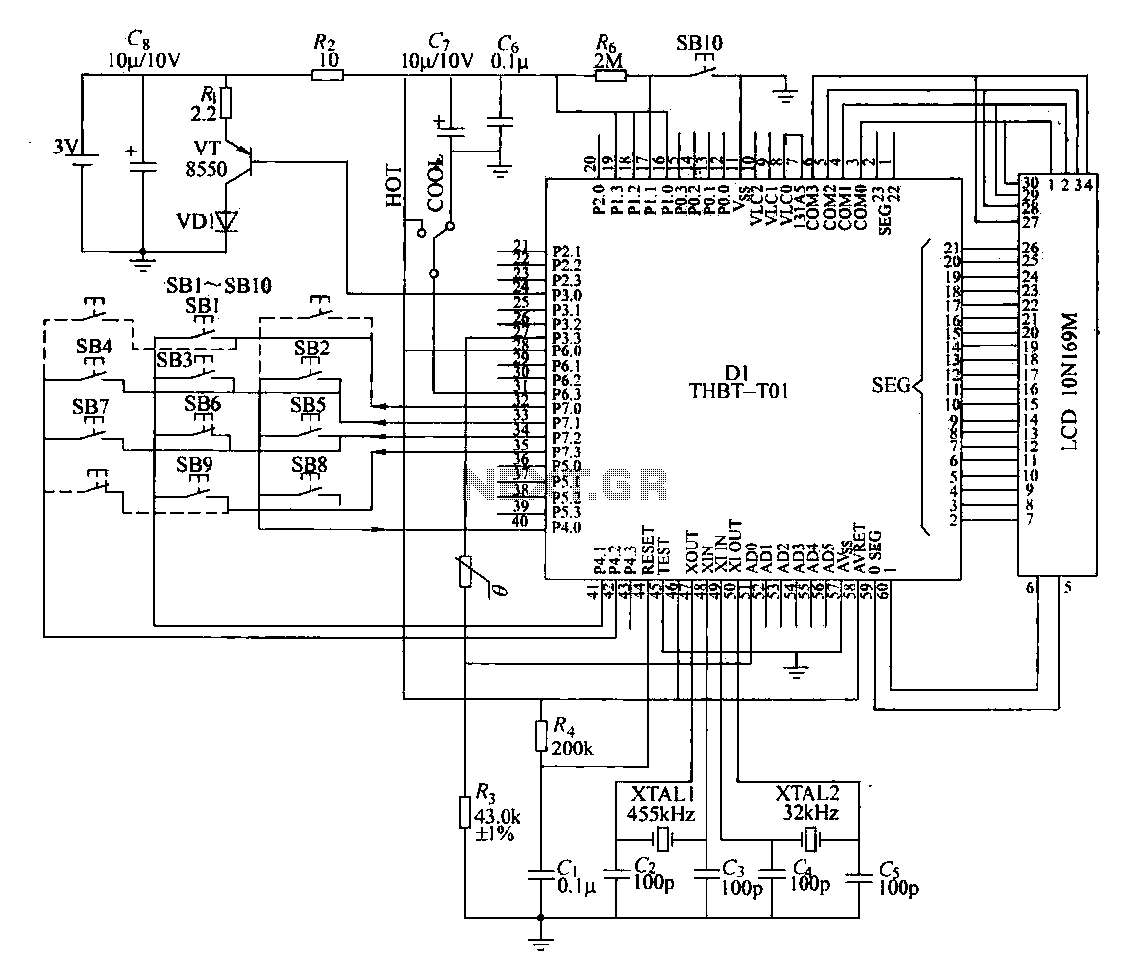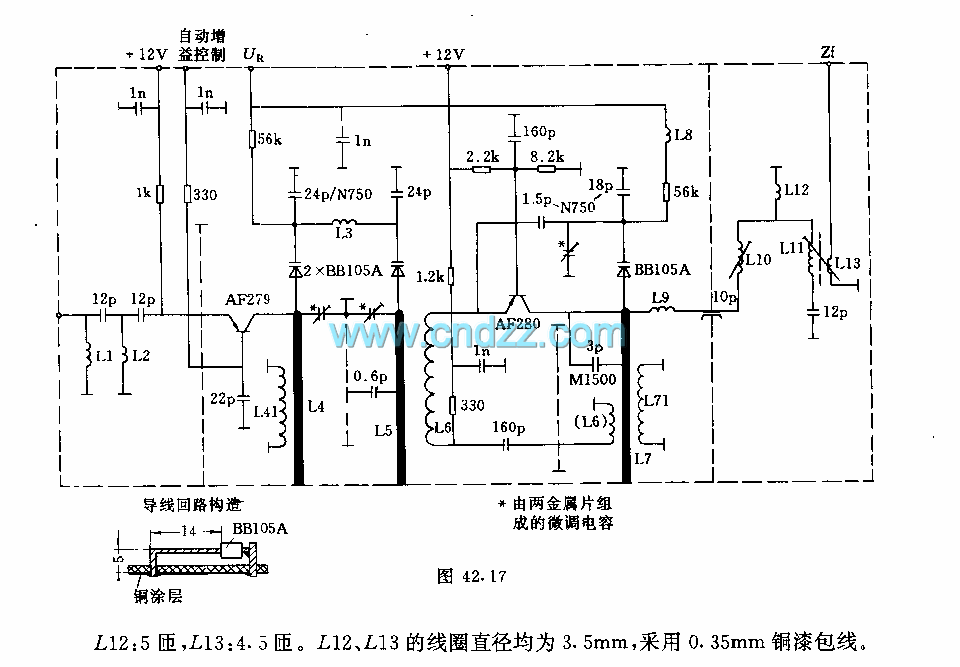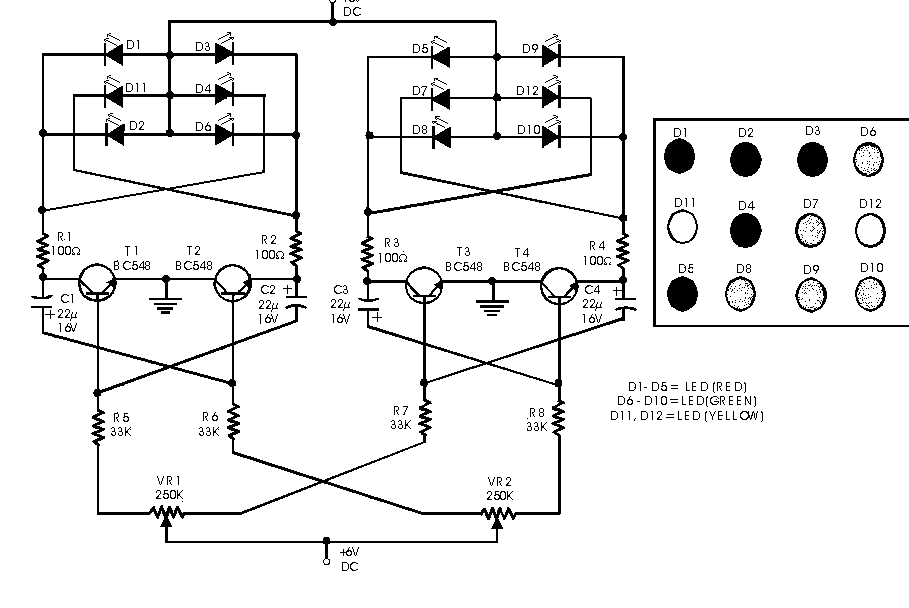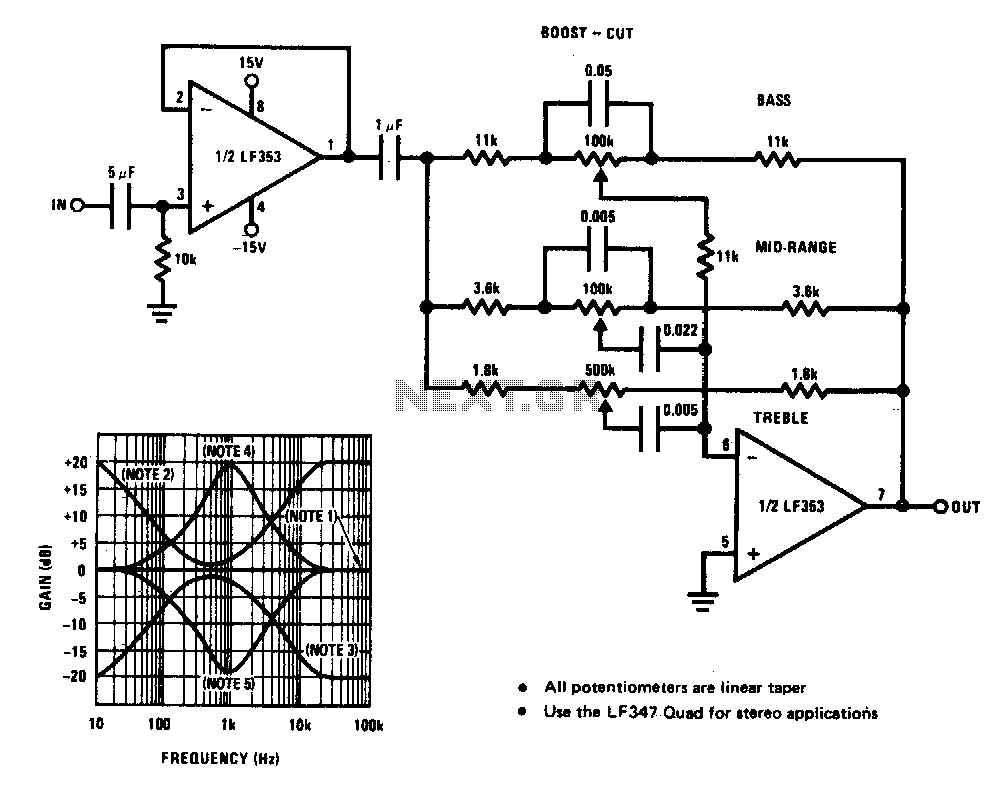
CIRCUIT IS NOT WORKING
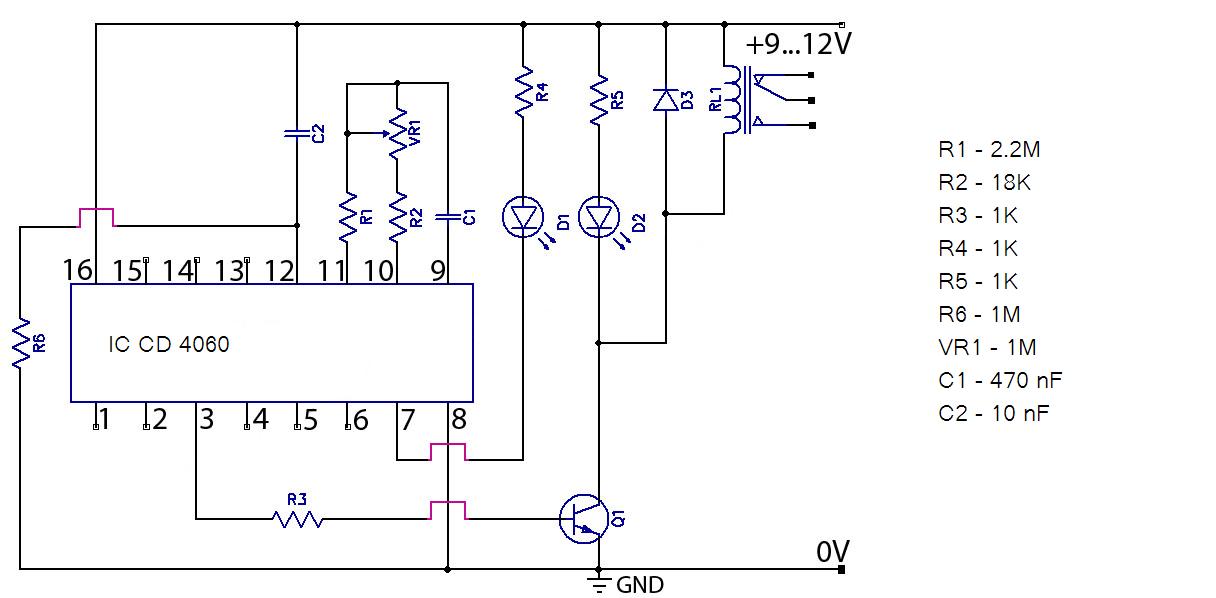
Hello everyone, please examine this circuit. I constructed it recently, but it is not functioning. I have verified all connections and components, and everything appears to be in order. However, when I power it on...
The circuit in question appears to have been designed with the intention of performing a specific function, but it is currently non-operational. To troubleshoot the circuit effectively, a systematic approach is necessary.
First, a thorough inspection of the schematic diagram should be performed to ensure that all components are correctly placed and that there are no missing connections. It is essential to verify the polarity of components such as diodes and electrolytic capacitors, as incorrect orientation can lead to malfunction.
Next, measuring the voltage at various points in the circuit using a multimeter can help identify where the power is being lost. Particular attention should be given to the power supply section to confirm that it is providing the correct voltage levels. If the circuit includes integrated circuits (ICs), checking their power pins for appropriate voltage can also be crucial.
In addition, testing individual components such as resistors, capacitors, and transistors for continuity and proper values can help isolate faulty parts. For example, a resistor may have failed and is no longer providing the correct resistance, or a capacitor may have lost its capacitance.
If the circuit includes any active components, such as transistors or operational amplifiers, it may be beneficial to examine their biasing conditions. Incorrect biasing can prevent them from operating within their intended range.
Finally, if all connections and components check out, reviewing the design assumptions and operational parameters of the circuit may reveal potential design flaws or limitations that could affect functionality.
By following these steps, a comprehensive analysis of the circuit can be conducted to identify and rectify the issues preventing it from working as intended.HI ALL, PLZ LOOK THIS CIRCUIT. I BUILT THIS LAST DAY. BUT THIS IS NOT WORKING. I CHECKED ALL CONNECTIONS AND PARTS. BUT ALL IS OK. WHEN I TURN ON THE.. 🔗 External reference
The circuit in question appears to have been designed with the intention of performing a specific function, but it is currently non-operational. To troubleshoot the circuit effectively, a systematic approach is necessary.
First, a thorough inspection of the schematic diagram should be performed to ensure that all components are correctly placed and that there are no missing connections. It is essential to verify the polarity of components such as diodes and electrolytic capacitors, as incorrect orientation can lead to malfunction.
Next, measuring the voltage at various points in the circuit using a multimeter can help identify where the power is being lost. Particular attention should be given to the power supply section to confirm that it is providing the correct voltage levels. If the circuit includes integrated circuits (ICs), checking their power pins for appropriate voltage can also be crucial.
In addition, testing individual components such as resistors, capacitors, and transistors for continuity and proper values can help isolate faulty parts. For example, a resistor may have failed and is no longer providing the correct resistance, or a capacitor may have lost its capacitance.
If the circuit includes any active components, such as transistors or operational amplifiers, it may be beneficial to examine their biasing conditions. Incorrect biasing can prevent them from operating within their intended range.
Finally, if all connections and components check out, reviewing the design assumptions and operational parameters of the circuit may reveal potential design flaws or limitations that could affect functionality.
By following these steps, a comprehensive analysis of the circuit can be conducted to identify and rectify the issues preventing it from working as intended.HI ALL, PLZ LOOK THIS CIRCUIT. I BUILT THIS LAST DAY. BUT THIS IS NOT WORKING. I CHECKED ALL CONNECTIONS AND PARTS. BUT ALL IS OK. WHEN I TURN ON THE.. 🔗 External reference
